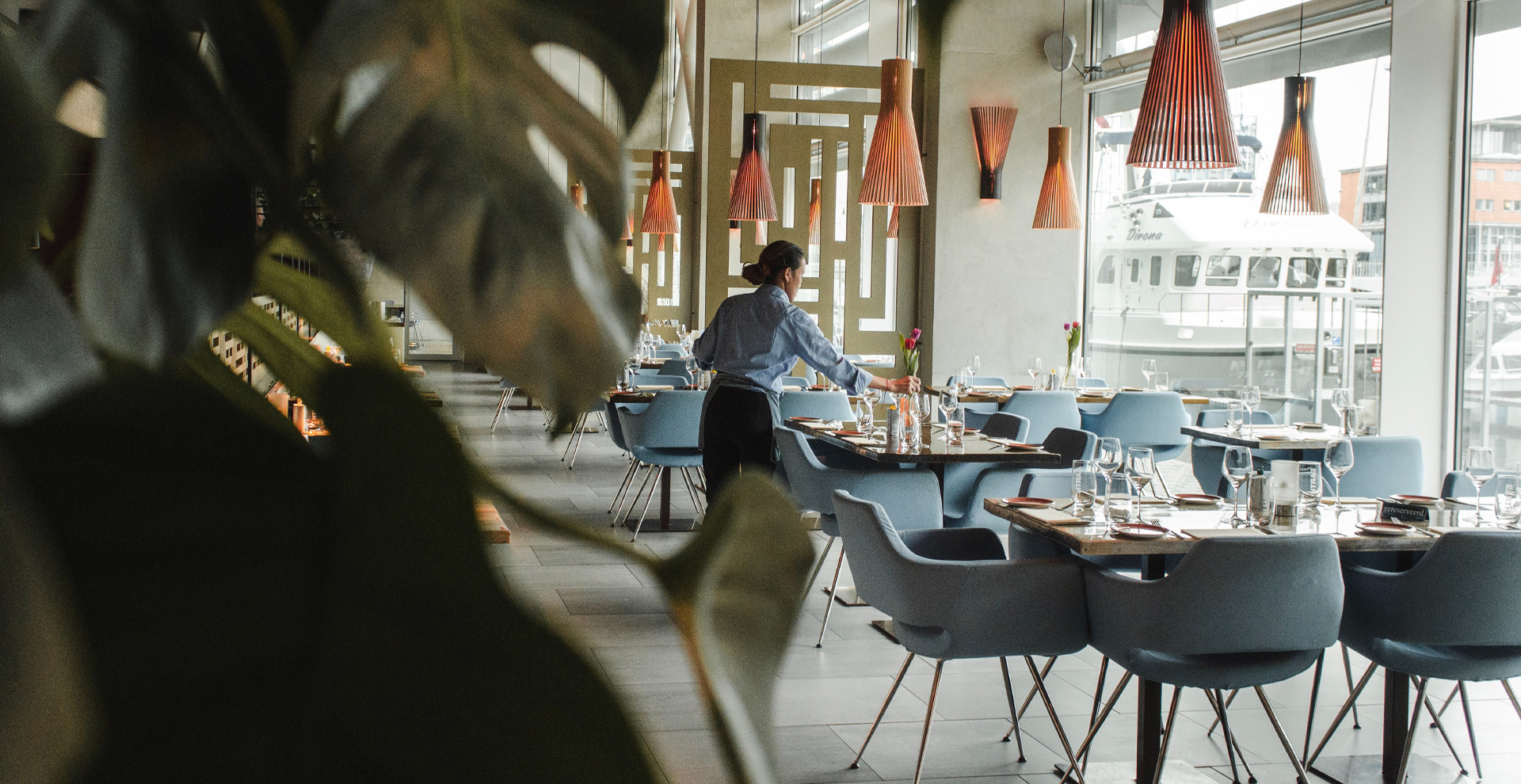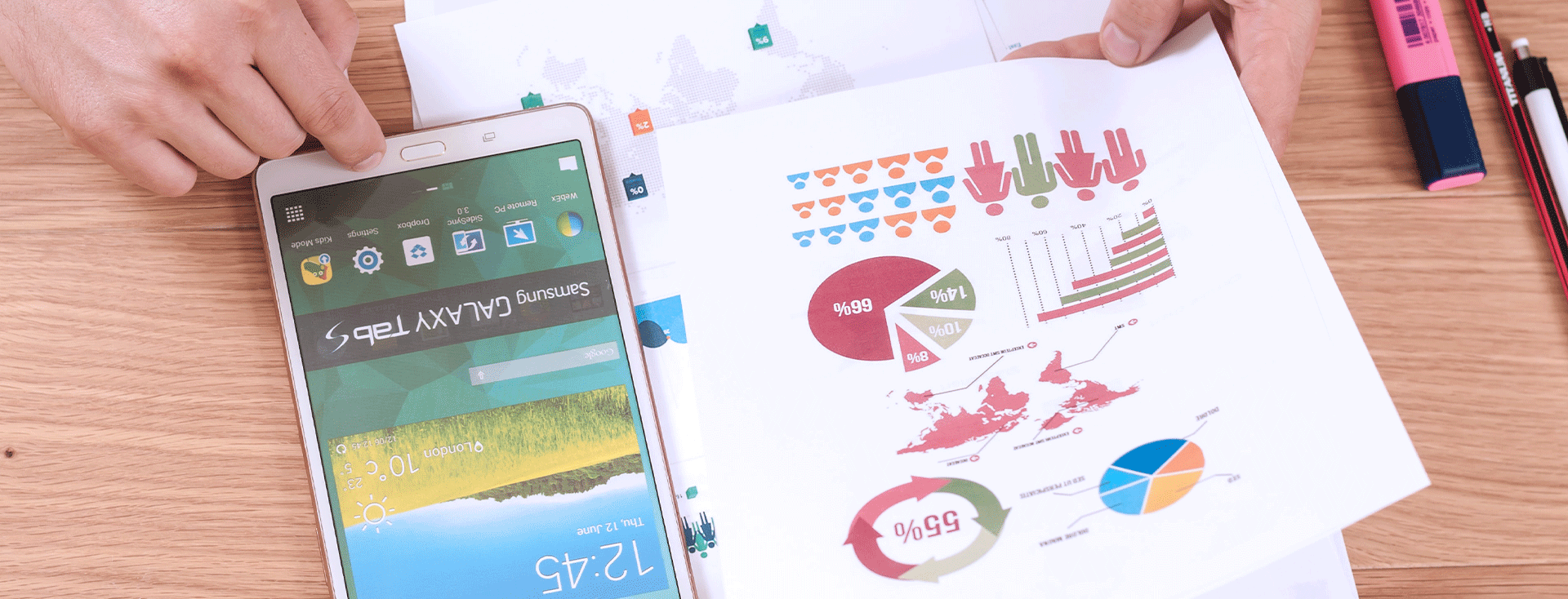What should companies serve their customers according to you?
– If you swop a regular animal and meat-based meal to a plant-based you can reduce greenhouse gas emissions by up to 70%. So, reducing meat and animal products on your menu is the biggest and easiest step you can take. And unless what some people seem to think the dishes do not have to be boring just because they are plant-based. I worked at a large event where we only served plant-based alternatives to over 350 people, most didn’t even realize, and only two or three of them asked why there was no meat being served. Good food is just good food, whether or not there is meat in it.
What other actions could be taken when it comes to the menus?
– Well it is not easy for restaurants to know what to serve and what not to serve. The main reason is that there is no real transparency in the food industry. The real change will come with labeling so customers can easily understand what impact the food they buy has on the planet. No food is carbon neutral or negative, but there can be large disparities. Spinach, kale, leafy greens, and various types of beans are some examples of food restaurants can add to their menus to reduce their emissions. For example, the carbon footprint of 1kg of red beans is 0,42kg CO2 through its life cycle and its water footprint is only 150 liters. If you compare that to lamb, its carbon footprint per kg is tremendous with 49,6kg CO2 (or 486km in a plane) and its water footprint is also staggering with 12,000 liters (or 1,800 toilet flushes). Truth be told, companies wouldn’t only reduce their environmental footprint with these changes but would also reduce their food cost in the process, so it is a win-win.









